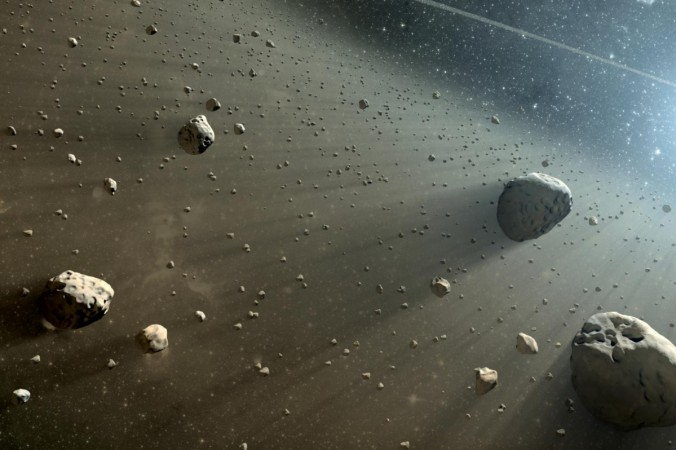A new study was able to uncover why an asteroid that's big enough to wipe out an entire planet is covered in impact craters. The researchers attributed the massive asteroid's violent history to its natural orbit.
A study recently published in the journal Nature centred on Pallas, which is one of the largest known space rocks in the asteroid belt. It has an estimated diameter of 512 kilometres and is regarded as the largest asteroid that's not yet visited by a spacecraft.
Impact Craters On Pallas

Since it has not yet been observed up-close, researchers used the Very Large Telescope (VLT) in Chile to collect data on the asteroid. They discovered that the surface of the massive spherical asteroid is covered in craters that are about 29 to 121 kilometres wide. Based on computer simulations and data collected by the VLT, the researchers estimated that Pallas three times as many impact craters as Vesta, which is the second-largest known asteroid.
Due to the shape of the asteroid and the number of its craters, it looks like a giant golf ball floating in space. "Pallas is heavily cratered," the study's co-author Miroslav Broz told Space.com. "Its surface might resemble a golf ball."

Pallas's Unusual Orbit
According to the researchers, most of the craters that collided with Pallas hit the asteroid while travelling sideways. Previous computer simulations revealed that the asteroids that pelted Pallas were travelling at speeds of over 40,000 kilometres per hour. This figure far exceeds the average speed of impacts in the asteroid belt, which is less than 21,000 kilometres per hour.
The researchers noted that Pallas' unusual orbit might have caused impact velocity and direction of the collisions. Through their observations, the researchers discovered that the massive asteroid travels at a tilted and elongated orbit.
The researchers explained that the asteroid's orbital inclination and eccentricity could be the main reasons why other space rocks are hitting it at high speeds. Since high-speed impacts are more likely to cause craters than slow ones, this could also explain why Pallas appears more pockmarked than other known asteroids such as Ceres and Vesta.









